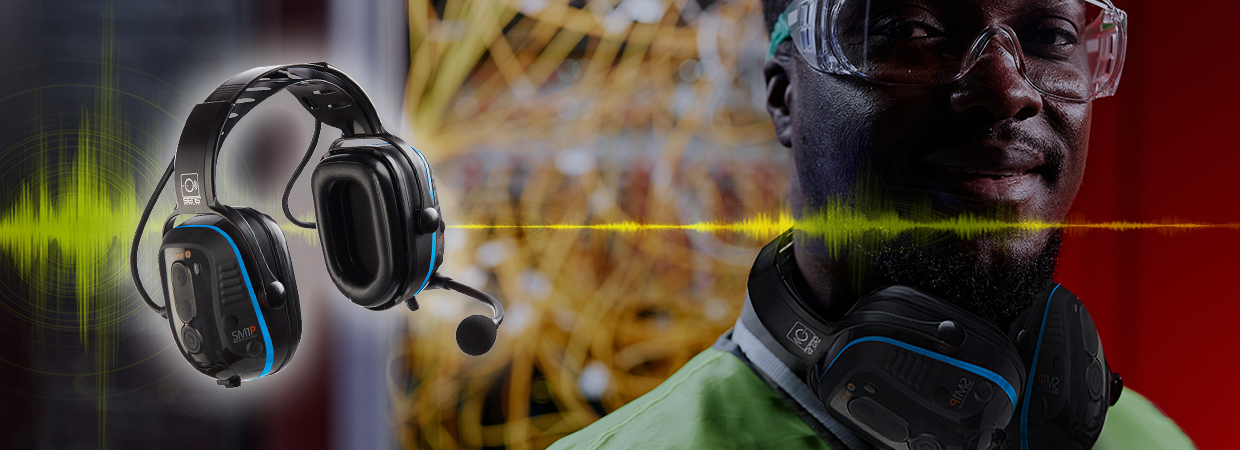- Home
- Blog
- Hearing Protection
- Hearing Protection Ratings Explained

 Those who are well informed about on-the-job noise exposure and the dangers therein are typically familiar with the term “hearing protection ratings.” However, there are still many employers and employees who have not been adequately informed about hearing protection ratings and Noise Reduction Ratings. Individuals who are not familiar with the aforementioned terms may benefit from reading the brief explanation below. By remaining informed about occupational noise exposure and related concepts such as hearing protection ratings and Noise Reduction Ratings, employers and employees alike can intentionally pursue safety without reducing work efficiency.
Those who are well informed about on-the-job noise exposure and the dangers therein are typically familiar with the term “hearing protection ratings.” However, there are still many employers and employees who have not been adequately informed about hearing protection ratings and Noise Reduction Ratings. Individuals who are not familiar with the aforementioned terms may benefit from reading the brief explanation below. By remaining informed about occupational noise exposure and related concepts such as hearing protection ratings and Noise Reduction Ratings, employers and employees alike can intentionally pursue safety without reducing work efficiency.
What Are Hearing Protection Ratings?
Hearing protection ratings are often referred to as Noise Reduction Ratings (NRR). Essentially, a Noise Reduction Rating is a guideline or standard that acts as an absolute reference concerning the amount of predicted hearing protection a certain piece of equipment will supply at any given time in an overly noisy work atmosphere. Most hearing devices are designed to decrease the amount of noise exposure with the intention of creating a safer working environment for employees.
Noise Reduction Ratings are measured in decibels (a unit of measurement used to classify how powerful or dense a certain sound is); for instance, a certain device may be screened to discern how great a potential it may hold for reducing decibels. This screening is often performed during experiments within scientific laboratories.
What Is a Good NRR Rating?
Hearing protection devices and other forms of hearing protection equipment must be tested and affirmed by the American National Standards, also known as ANSI. The equipment must also stand up to the rigorous guidelines set forth by the Occupational Safety and Health Administration (OSHA).
A hearing protection system with a high NRR has a far larger window of expected noise reduction. Therefore, individuals who are interested in purchasing high-quality equipment must take NRR into careful consideration before purchasing a noise protection product. High NRR numbers are typically the way to go.
How Does NRR Work?
When an individual wears a piece of equipment meant to protect his or her hearing, the level of noise exposure is determined based on the Noise Reduction Rating of the device in question. In order to determine the exact amount of decibel levels being reduced, a person must do a little math; the equipment used to protect hearing does not reduce the decibel levels within a given environment by the precise decibel number that is tied to the NRR of the given piece of equipment. For example, a person who is working in a loud occupational environment may be exposed to noise as great as 100dB. If an individual is wearing hearing protection equipment with an NRR of about 30dB, the noise exposure amount would not be lowered to 70dB. Instead, it would be lowered to 88.5dB. Take a look at the following steps taken to determine the level of noise exposure after reduction:
- Subtract seven from the NRR number, which is given in decibels
- Divide the result by two
- Subtract the result from the original noise exposure level in decibels
By keeping the information listed above in mind, you should be able to make highly informed, quality purchases when it comes to purchasing protective equipment for hearing.







